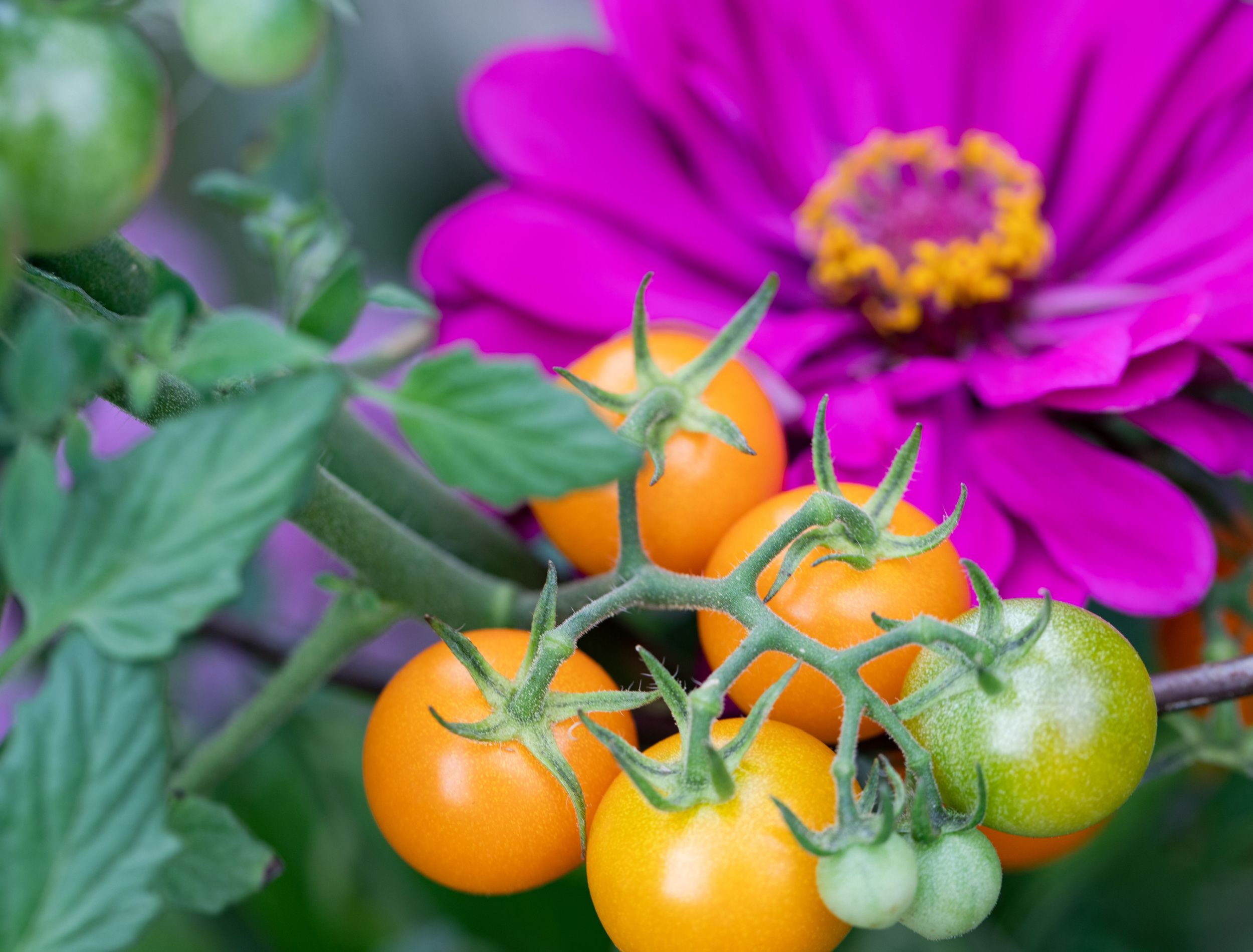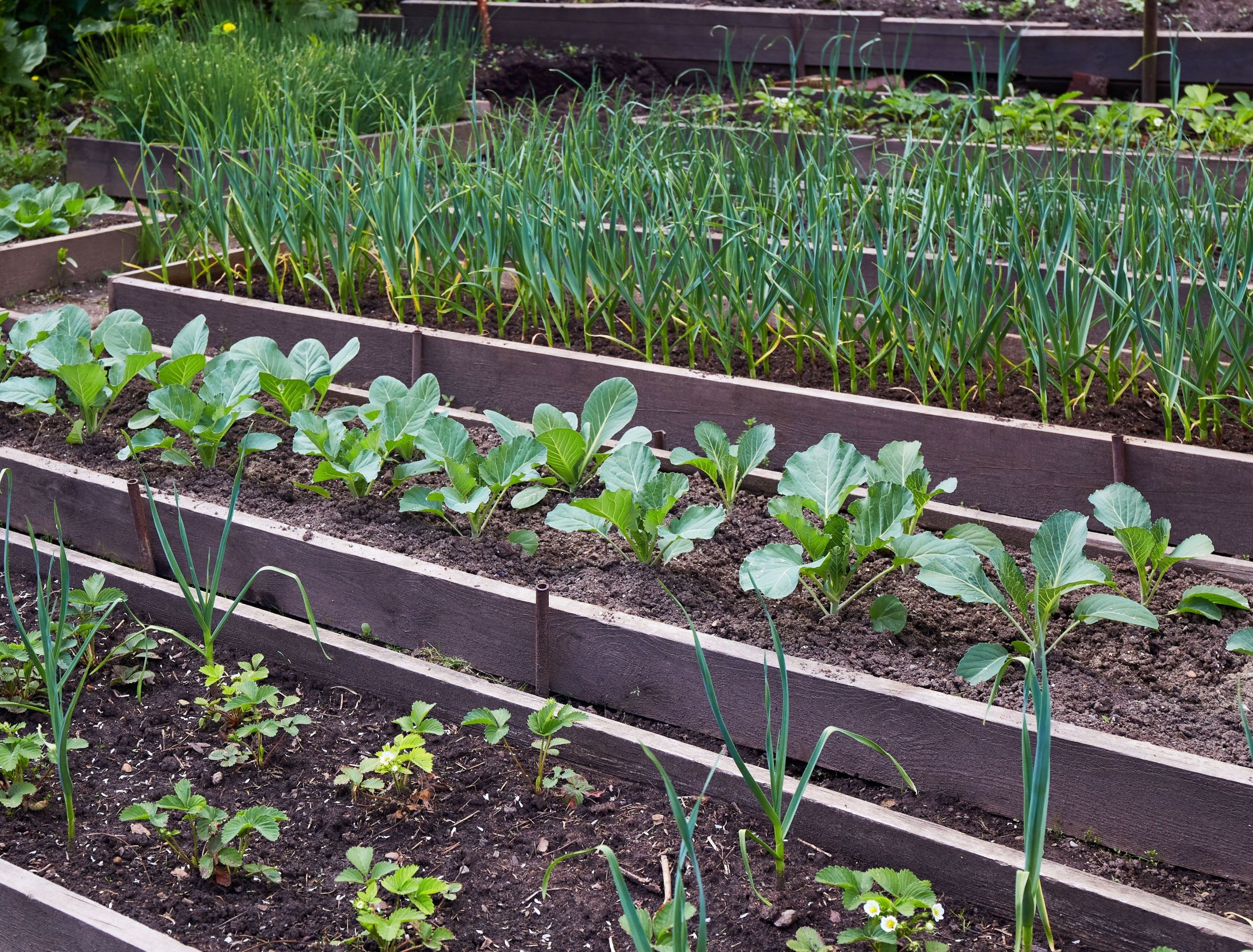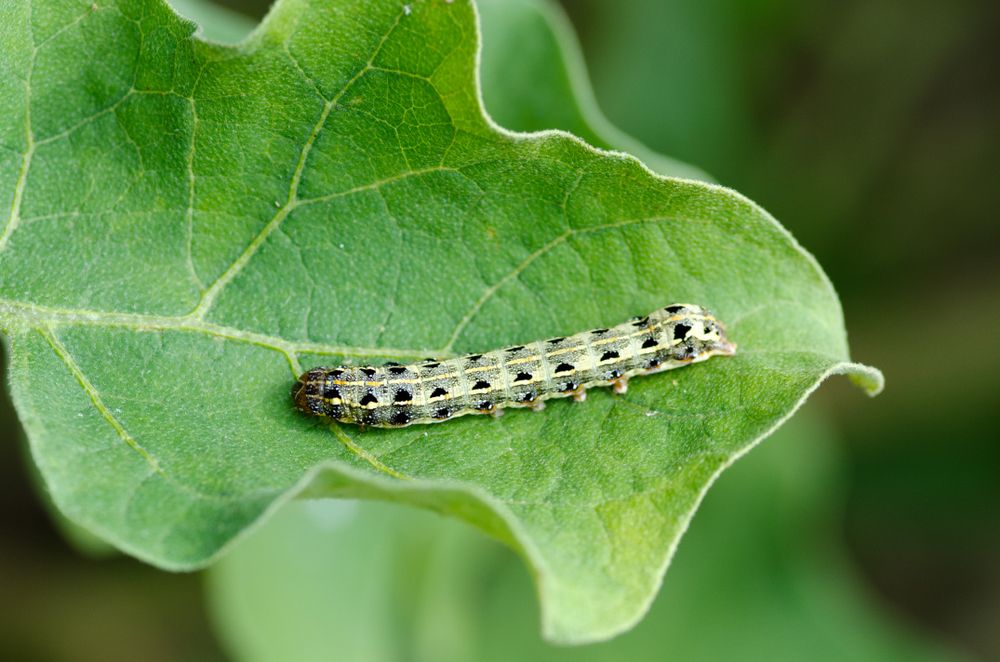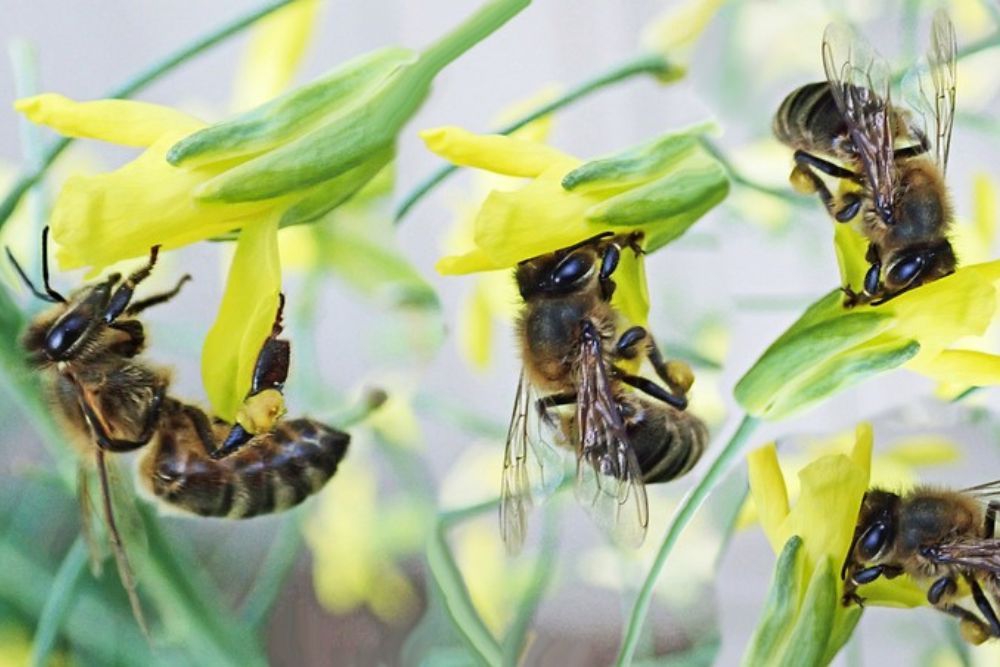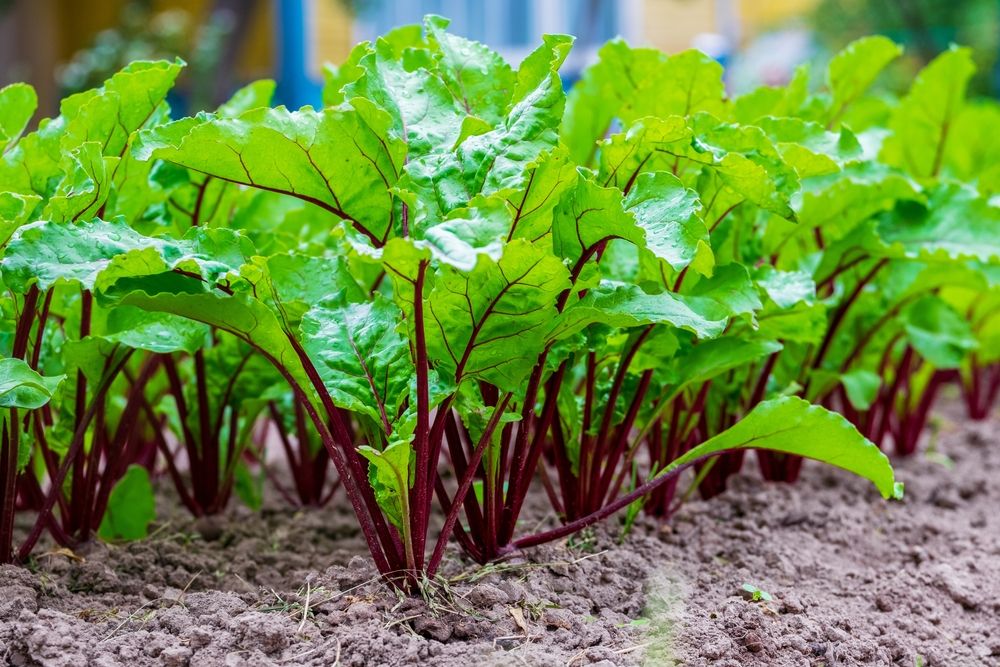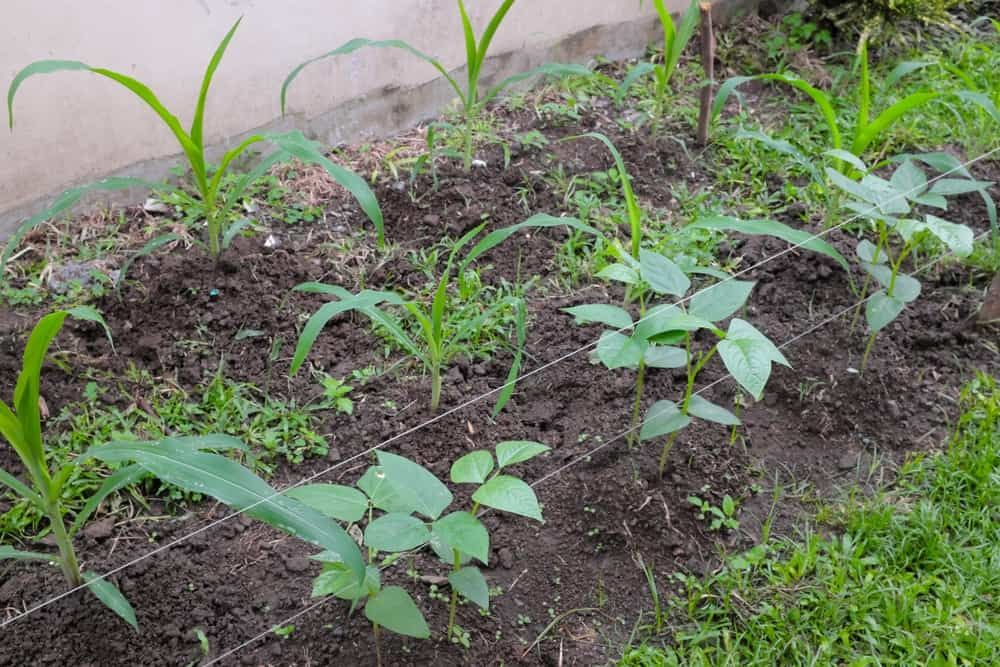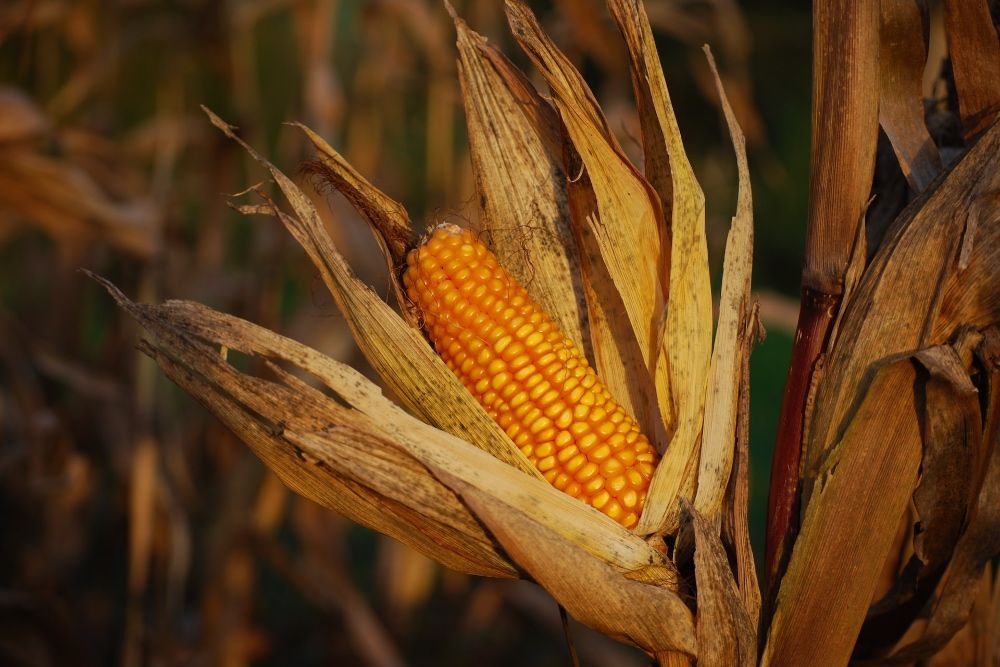Gardening is a great way to add color and vibrancy to your home, indoors or out. But the joy of gardening doesn't have to stop with simply planting your favorite flowers and fruits. Companion planting maximizes the health of your garden while also allowing you to get creative!
Companion planting is a practice that involves pairing certain plants together to help them thrive as much as possible, resulting in better harvests over time. These are seven tips about companion planting, from what it is and why it works so well.
Choose Plant Pairs Carefully
Image credits: Viktorya Telminova via Shutterstock
When gardening, choose plant pairs carefully. Growing plants close together is a great way to maximize space and create a vibrant garden. But, if you don't pick the right companions, your plants may end up competing for nutrients or resources. Additionally, it may result in hybridization, which can harm their growth. Carrots and dill are an example of poor plant pairing because they can cross-pollinate since they are in the same family. But carrots and chives are an excellent combination because chives deter some well-known garden pests, such as mites.
Also, strategically planting companions reduces the need for staking or trellising. For example, you can use tall plants like corn to support crops such as peas. Doing so offers the benefit of reducing the need for staking or trellising those vegetables.
Create a Natural Pest Control System
Image credits: kale kkm via Shutterstock
Certain plants have natural repellent properties, which help keep unwanted insects away. In contrast, others attract beneficial bugs that guard your garden against harm. For example, you can plant marigolds for their ability to deter maggot flies. Planting them alongside or near other crops like onions will provide an effective barrier against these pesky critters.
Utilize Beneficial Fungi
Image credits: Yana Bo via Shutterstock
If you're looking for an effective way to give your home garden a boost, then utilize beneficial fungi! Using mycorrhizal fungi as companion plantings promotes healthy growth in various vegetable species while improving overall soil quality. These fungi are particularly advantageous if you grow nutrient-demanding plants like tomatoes or broccoli in your home garden.
This fungus wraps itself around the root system of a host plant, helping it absorb more nutrients and water while receiving carbohydrates in return. Plants with this special partnership even benefit from increased protection against detrimental diseases.
If you're serious about growing a thriving veggie patch, it's worth first checking the pH and nutrient levels of your soil. A clean bill of health gives reassurance that everything is in balance, and you won't need any fungal additives. However, if there are some deficiencies then introducing mycorrhizal fungi can ensure your garden has all it needs met to help create an oasis for abundant produce. You can buy mycorrhizal fungi online or at your local garden center.
Enhance Pollination
Image credits: Beverly Buckley via Pixabay
Planting a variety of flowers and herbs close together helps attract pollinators that help fertilize the plants. Enhancing pollination in your garden is an easy way to ensure a healthy harvest.
For example, planting pumpkins isn't just an enjoyable activity for your garden. It's also great way to boost the health of your nearby plants and help out local beneficial insects. Invite bees, butterflies, and more pollinators by providing consistent blooms throughout the season as they feast on delicious flowers while pollinating neighboring veggies!
Trap Crops
Image credits: Denis Shitikoff via Shutterstock
A trap crop is a plant that attracts certain insects to itself, allowing nearby plants to remain pest-free. Trap crops protect your garden from pests and keep your plants healthy.
By planting trap crops around susceptible plants, you divert pests and prevent them from damaging your entire garden. Some deliver additional benefits, such as providing extra yield or serving as companions to pollinators.
Give Each Plant Space to Thrive
Image credit: sulit.photos via shutterstock
Intercropping is a great way to give each plant the space and resources it needs to thrive. This technique involves planting fast-growing plants between slower-growing ones, staggering them in rows with enough room between them. Each plant will have access to adequate sunlight, air circulation, and nutrients needed for full growth.
Don't Forget the Shade
Image credits Christophe Maertens via Unsplash
Create cooler conditions for some plants while allowing others to benefit from full sun. Pair tall crops like corn with short veggies, like arugula. Planting these two together ensures that the taller plants cast a cooling shade on their shorter companions throughout the warmest months while still getting plenty of sunlight earlier in the season.
Hey, Bud!
Gardening is a great way to get outside, enjoy fresh air, and get your hands dirty. And with these seven tips for companion planting in your home garden, you can create an eco-friendly paradise while boosting biodiversity and saving time and money. Whether you're a beginner or a seasoned green thumb, there's no better way to bring balance into your outdoor oasis!
Share this article with your gardening friends and leave a comment below, letting everyone know how companion planting has worked for you. Happy planting!

